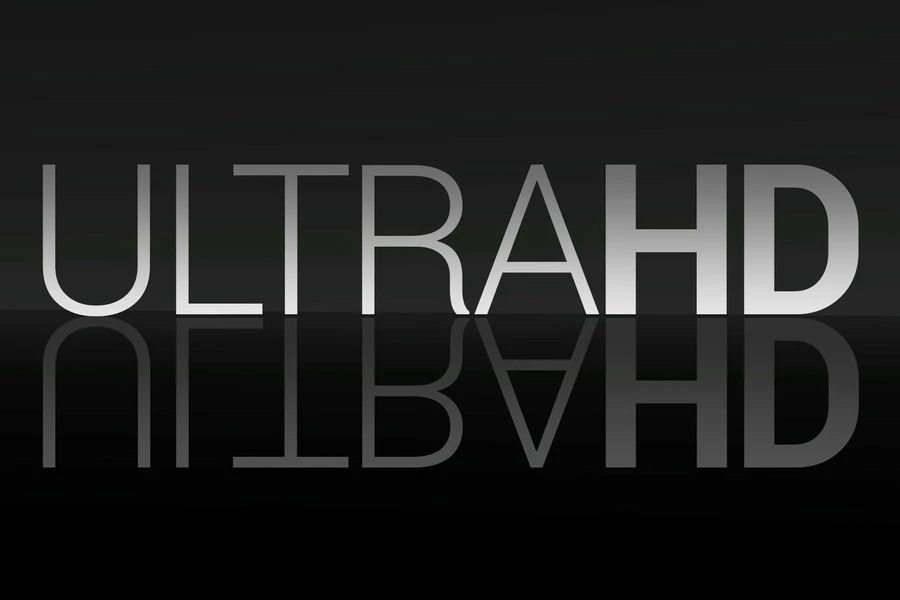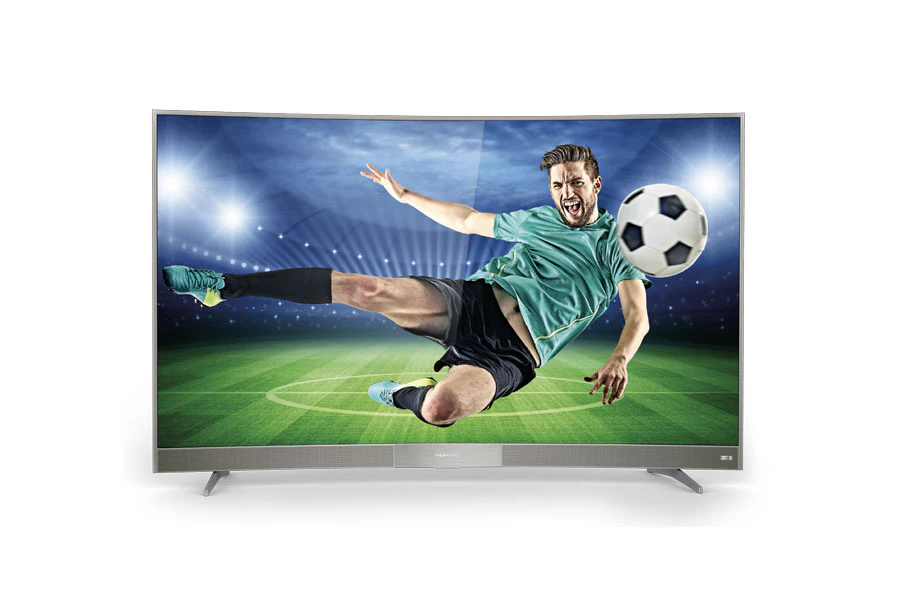
Television
More realistic, Richer and More immersive

More realistic
If we stick to numbers, a 4K UHD screen has more points of display (the famous pixels) than a Full HD screen: e.g.: 8 million instead of 2 million pixels. In concrete terms, it changes everything. This means that, a screen size with the same dimensions, when it comes to displaying an actor, an object, a close-up, the 4K UHD screen has four times more pixels to do it. As a result, the image is much clearer, the outlines are better defined, a finesse in details appears, that we did not even suspect the existence of.
When watching a program broadcast in 4K UHD https://www.mythomson.com/fr_fr/television-73-fr-en/tv-uhd-86-fr-en or a film in Blu-ray UHD, the difference is obvious. The hardness of the rock in close-up or the softness of the moss on the bark of a tree immediately benefit from this additional definition. The leaves of the trees are no longer a green mass, the blades of grass or the stems of a wheat field are clearly drawn and not just sketched.
Richer
Whatever the type of program we are watching, this gain in picture definition is an asset. Realism generally wins, but also the way to approach the image. As in life, the eye can linger on details: the fabric of a garment, a raised eyebrow, the grain of the skin, etc. In 4K UHD, there is literally more to see.
Close-up, textures, small size objects of are not the only ones to gain from this multiplication of the pixels. When a scene is shot from afar, whether it's an epic fight involving hundreds of extras or current athletes on a field, everything is more distinct. Where before we suspected a hand, we can now count the fingers.
This significant increase in picture definition is also very visible in terms of color and contrast. The subtle gradient of a hue, the lights, the shadows, are more progressive, while gaining sharper contours. These micro-contrasts contribute to give more relief to 4K UHD images.
Likewise, the difference of the planes of the image being more marked, the scenes have more depth. It's a bit like rediscovering a landscape after the rain, when the air is more transparent and you can see far away.


More immersive
Full HD had contributed to increase the size of the TV screens. Unfortunately, the bigger it was, the more you had to get away from it, at the risk of seeing the pixels that make up the image.
With 4K UHD, as 8 million pixels occupy the same space as 2 million previously, the latter are much more "close to each other" for the same screen size. We can now get much closer to the screen without feeling any discomfort. Where a diagonal of a meter required to stand two and a half meters away, we can in 4K UHD get closer to the screen by at least a good meter and dive into the image without fear.
We find this impression of immersion felt in a movie theater. We no longer look at the landscape through the window, we are inside, because the edge of the screen is no longer visible.
Last but not least, fast moving scenes also benefit from the best definition provided by 4K UHD. Action movies or sports events are less confusing, easier to follow, without the need to focus one's attention. Generally speaking, and even more so in the case of video games, a 4K UHD screen is less tiring and puts less strain on the human eye.

 Denmark (Danish)
Denmark (Danish)  Deutschland (Deutsch)
Deutschland (Deutsch)  España (Español)
España (Español)  France (Français)
France (Français)  Italia (Italiano)
Italia (Italiano)  Nederlands (Dutch)
Nederlands (Dutch)  Polska (Polski)
Polska (Polski)  Russia (Russian)
Russia (Russian)  Sweden (Swedish)
Sweden (Swedish)  Turkey (Turkish)
Turkey (Turkish)  Ukraine (English)
Ukraine (English)  United Kingdom (English)
United Kingdom (English)  USA (English)
USA (English)  China (Chinese)
China (Chinese)  Hong Kong (English)
Hong Kong (English)  India (English)
India (English)  Indonesia (English)
Indonesia (English)  Lebanon (English)
Lebanon (English)  Saudi Arabia (English)
Saudi Arabia (English)  Thailand (English)
Thailand (English)  Vietnam (English)
Vietnam (English)  Algeria (Français)
Algeria (Français)  Egypt (English)
Egypt (English)  Australia (English)
Australia (English)